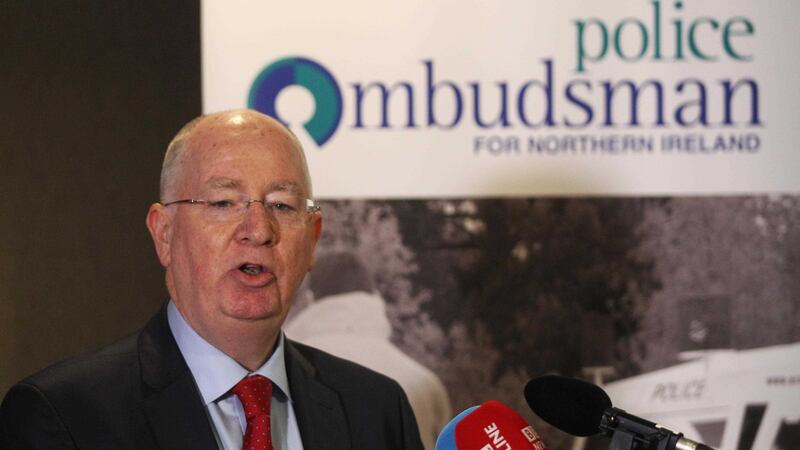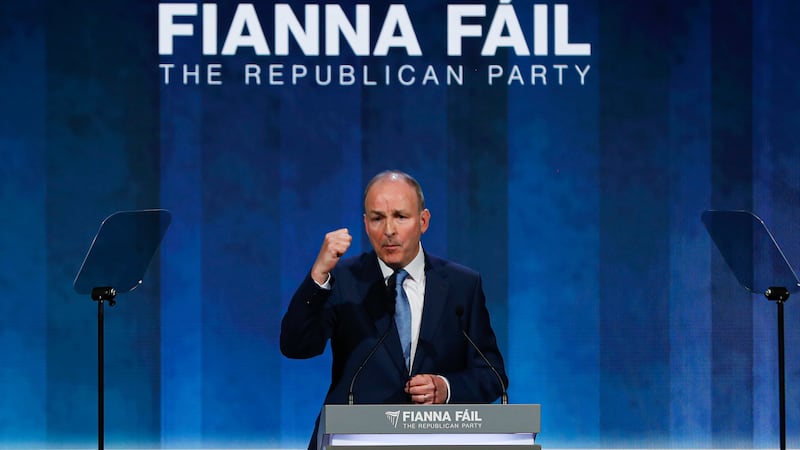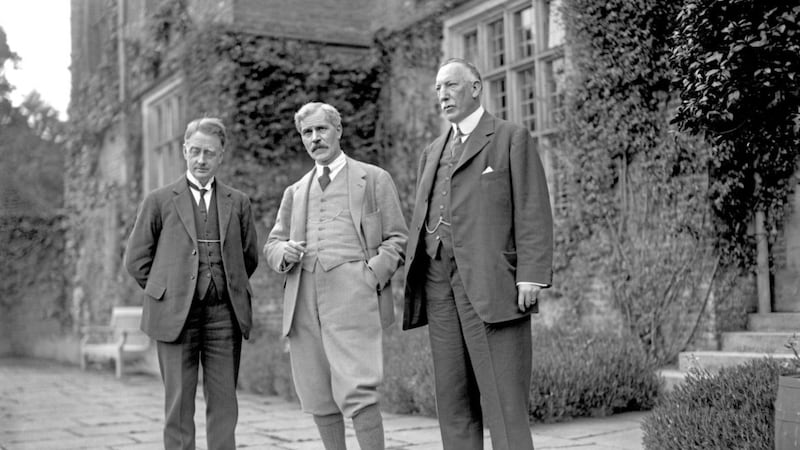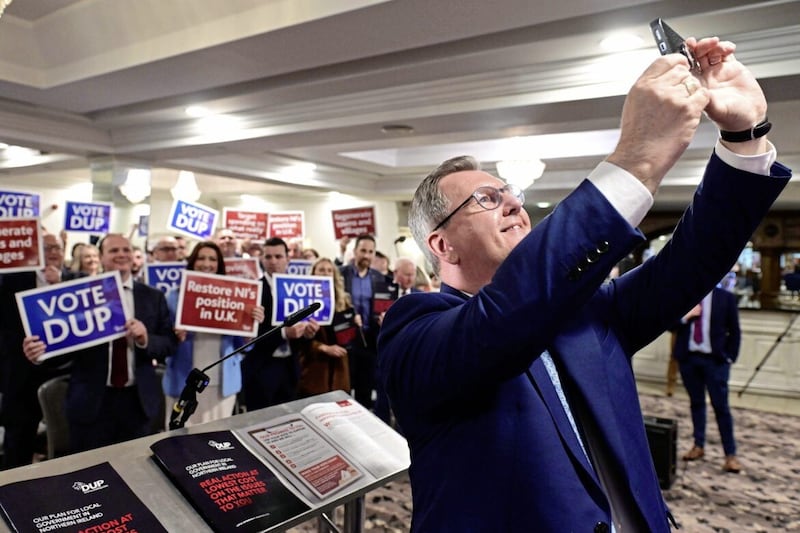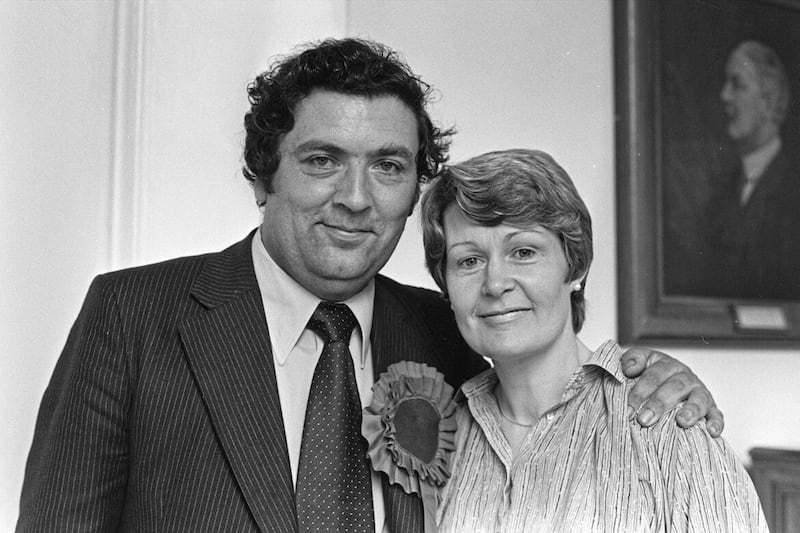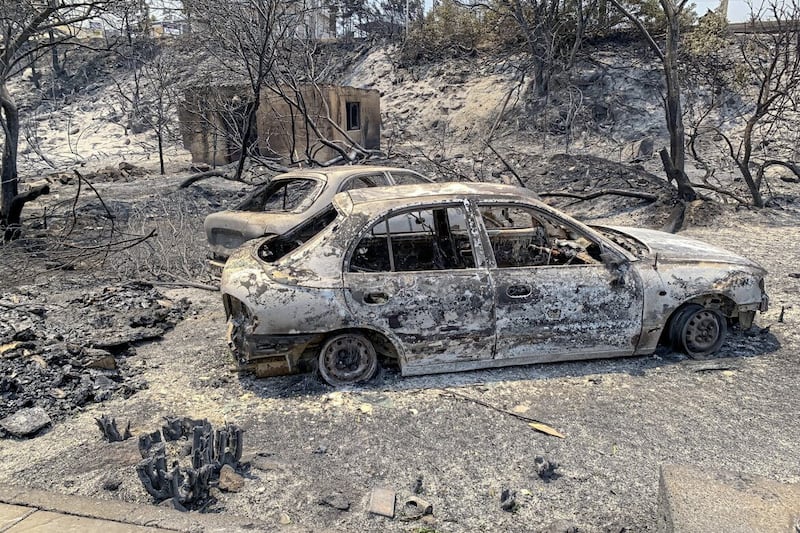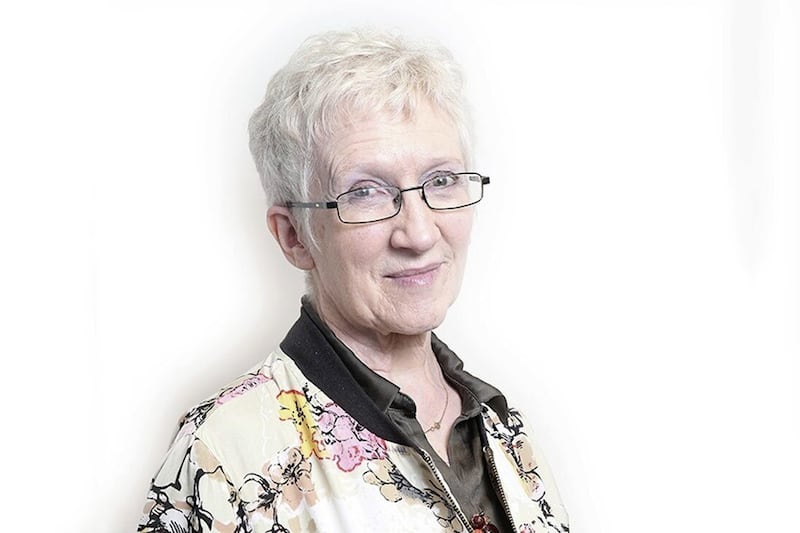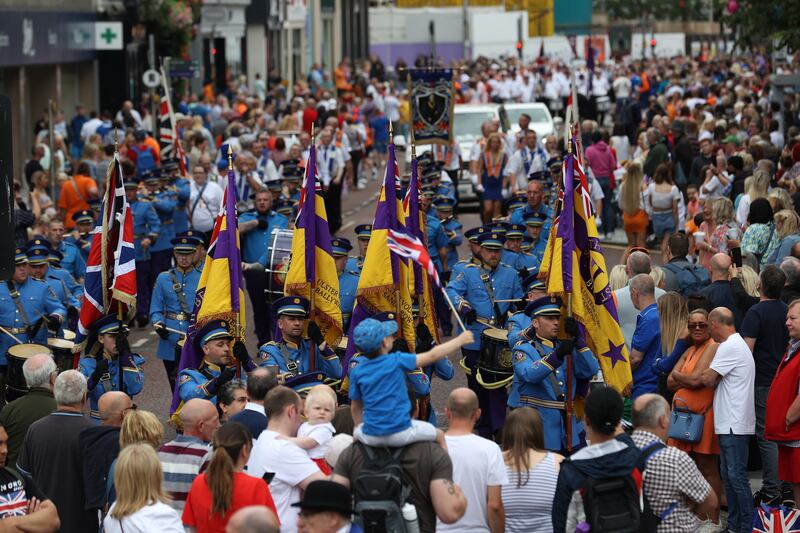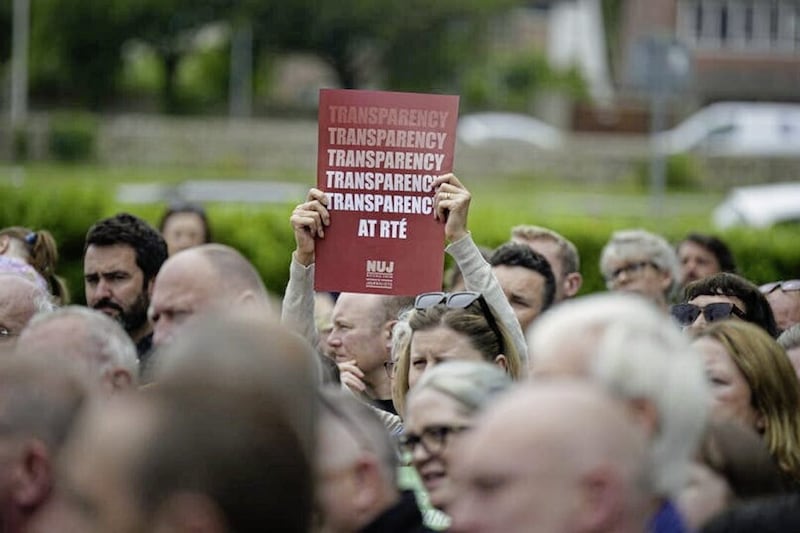"THE truth was covered up by the very people that were supposed to protect us,'' said Emma Rogan, daughter of one of the Loughinisland dead.
She meant state forces, sworn to uphold the law and protect citizens.
Her sense of betrayal is shared by those who believe they were bereaved through the IRA figure Stakeknife, a state agent.
There is more than one version of collusion, equally undermining of society, as many still refuse to acknowledge.
Many Catholics, nationalists, republicans went into the Troubles years believing – or coming to the belief - that much of the RUC was at best biased towards their fellow Protestants and at worst collusive with violent loyalists if not paramilitants themselves.
It was a fearful mistrust that fed the growth of the IRA, and sustained it.
That identification with and often justification of violent republicanism meant the outing of Stakeknife distressed many republican families.
When the IRA did not treat him as they did so many others, it increased unease.
The Stakeknife case came back on the scene last week immediately after a damning review of the 1994 Loughinisland murder investigation, preceded in turn by focus on the 1976 IRA atrocity at Kingsmill.
Some Kingsmill relatives have long believed that the killers included a double agent, subsequently protected from investigation and arrest.
Nobody has ever been charged with lining ten Protestant workers up on a dark roadside and riddling them, after telling their one Catholic mate to run.
Nobody has faced a court for bursting into Loughinisland’s little pub and opening up with an automatic rifle on friends and regulars watching Ireland in the World Cup.
The manoeuvre that paused the Kingsmill inquest, so long delayed, brought suspicion that dirty tricks are still alive in this supposedly post-conflict age.
It was hard to credit the explanation of honest professionals slow off the mark to an almost comical degree.
But a fix to benefit Sinn Féin, protect the careers of former IRA members? With today’s police the cats paw, go-betweens?
Loughinisland relatives first complained to the Police Ombudsman’s office fifteen years ago.
Last week’s report concluded inquiries begun by Ombudsman Michael Maguire in 2013.
The Stakeknife investigation is meant within a few years to produce an understandable account of double-dealing and betrayal over a decade or more, involving several agencies through military intelligence to police.
It is hard to imagine as open an approach as that of Ombudsman Maguire.
His report describes an apparent will to give loyalist paramilitaries free rein, taking the story back to the importation of arms by loyalist groups years before Loughinisland.
His team built up evidence from RUC and other records and from interviews; he praised those who helped, and those many in RUC and PSNI who ‘worked tirelessly’ to investigate the killings.
But some including a senior officer refused to cooperate. He found evidence destroyed or ignored, focus on the IRA rather than loyalists, a catalogue of failings adding up to ‘a corrupting involvement - tacitly, or otherwise - in serious criminal acts’.
The RUC Special Branch, his report says, failed to pass on intelligence into the activities of loyalist paramilitaries ‘thereby protecting these individuals’.
The outcome of a failure to retrieve imported arms from a farm owned by a former RUC part-time officer was that ‘many were used in a wide range of murders’.
The relationship between police and informants, several of them paramilitaries, undermined the Loughinisland investigation.
Police were told suspects, one an informant, were warned by an officer they were going to be arrested.
Previous police investigation revealed the double agent, UDA head of intelligence Brian Nelson and other informants central to arms importation.
The farm Maguire notes detectives were unable to find featured prominently in Anne Cadwallader’s ‘Lethal Allies’, substantially developed from work by the eventually relegated Historical Enquiries Team.
Barry McCaffrey for The Detail laboriously traced the Loughinisland getaway car, disposed of in a police station a year after the attack.
The promised investigation into Stakeknife was publicly launched the day after the Loughinisland report.
Police from British forces are meant to trace the relationship between British security services and an IRA ‘internal security’ boss perhaps involved in more than 50 murders.
It is as hard to imagine full official cooperation as help from the IRA, or the man thought to be Stakeknife.
Northern secretary Theresa Villiers could boost confidence by rethinking her declaration that it is ‘deliberate distortion’ to allege widespread state collusion with paramilitaries.
Martin McGuinness could lead from the front and tell what he knows.
